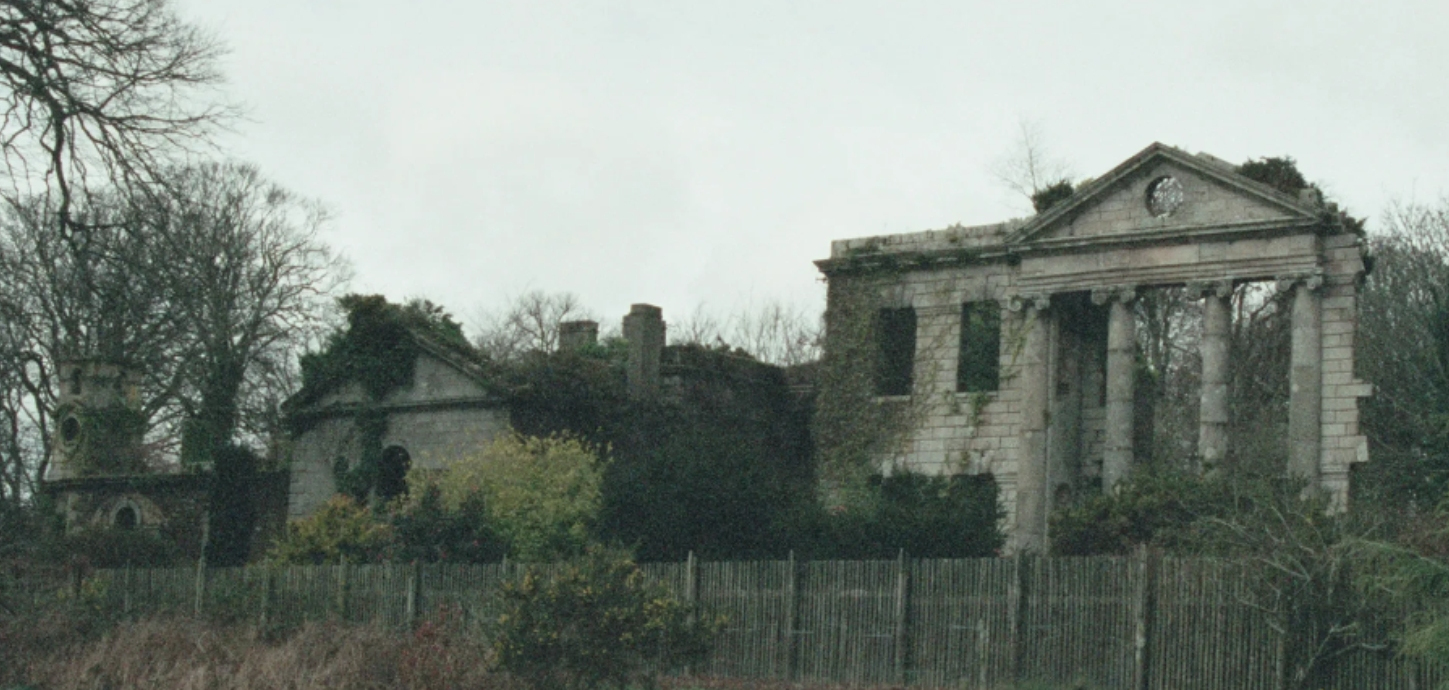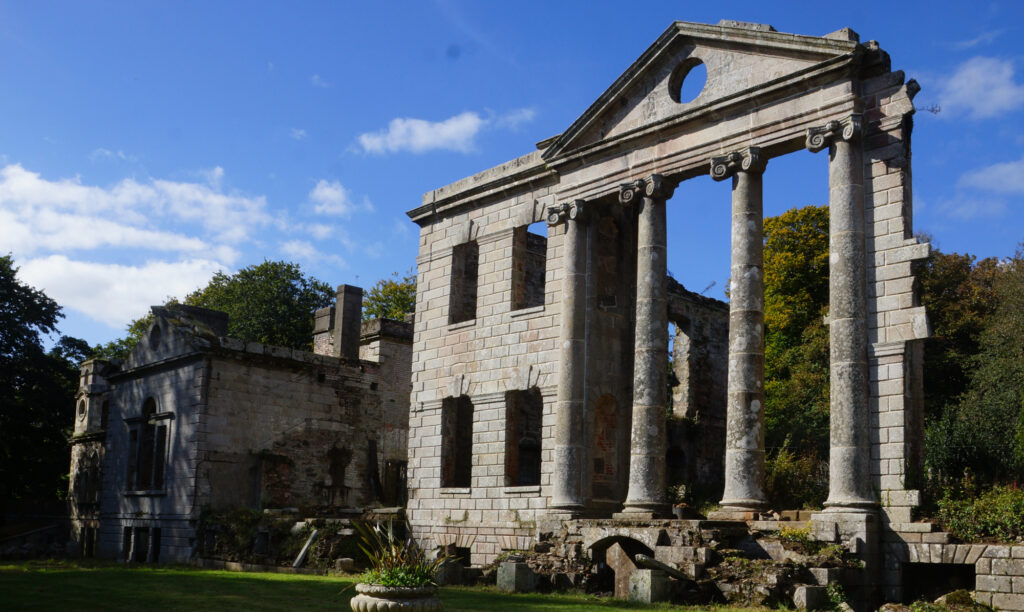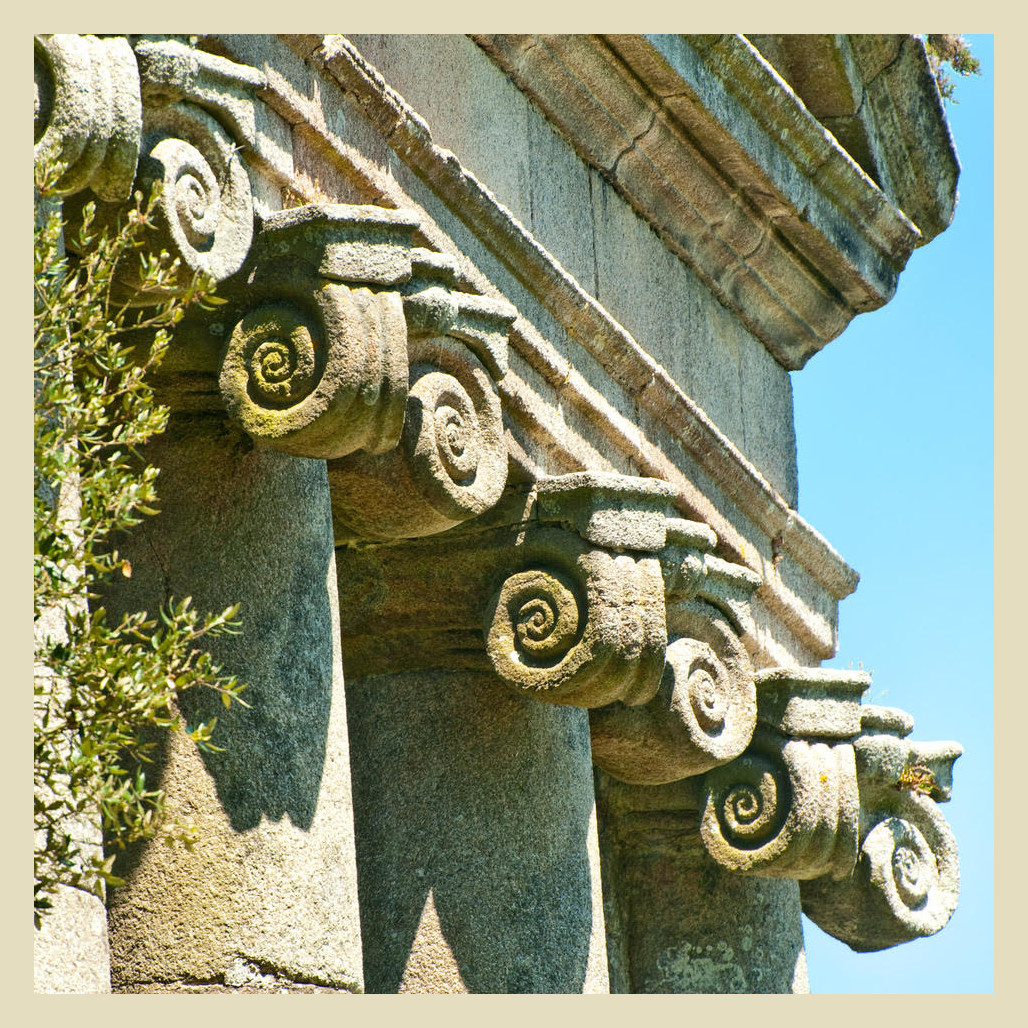How to translate Historic England policy into saving heritage and the impact this has on our lives
In 2017 Chris Miners from Historic England visited Carclew Mansion, then an overgrown romantic ruin, and said, “This is too much for one family to be taking on – how can we help?”
Over the years Chris has stood by Carclew, professionally and gently guiding the house and adjacent grounds towards its long term future and its place in the lives of the community. His first advice was “find out what you’ve got, starting with the present day, by listening to people’s memories and work backwards through time. As you go through this process, Carclew will reveal its future to you. It’s people’s lives that are important, the stones represent those lives.”

My first intention was to become an artist. Landscape architecture and then finally architecture grabbed my attention and professional career.
I first visited Carclew in 1994 as a conservation architect to sensitively convert the Georgian estate barn into a dwelling while retaining the character of the building, using a Country Life report on the Mansion for the historic appraisal. In 2001 I joined Historic England (then called English Heritage) as an architect.
Cornwall values its heritage, having more sites in public ownership than any other county, from neolithic times to mining industrial history. I have a personal interest in the churches of Cornwall, which are far more beautiful and distinctive than in other counties.
My work is varied. A particular project I enjoyed was saving the railway turntable at St. Blazey, which looks like the cover of a Thomas The Tank Engine book. Its first task after being restored was to turn the Flying Scotsman engine as it made its way down to Cornwall. Without this turntable no steam train would be able to run special trains to the south west.

My days focus around guiding owners and organisations, creating practical schemes of work, putting Cornwall’s case forward and finding the best people for the job.
At Carclew, it was self-evident the mansion needed to be placed on the Buildings At Risk Register after it was brought to my attention by our Parks and Gardens colleagues. Built in the Palladian style, which has become the most English of classical styles, the size, cultural significance and influential importance of Carclew had meant it had been granted Grade II* listing. Being on the At Risk register has re-established Carclew’s place in Cornwall’s heritage, enabling its legacy to secure a long term future for the community.


